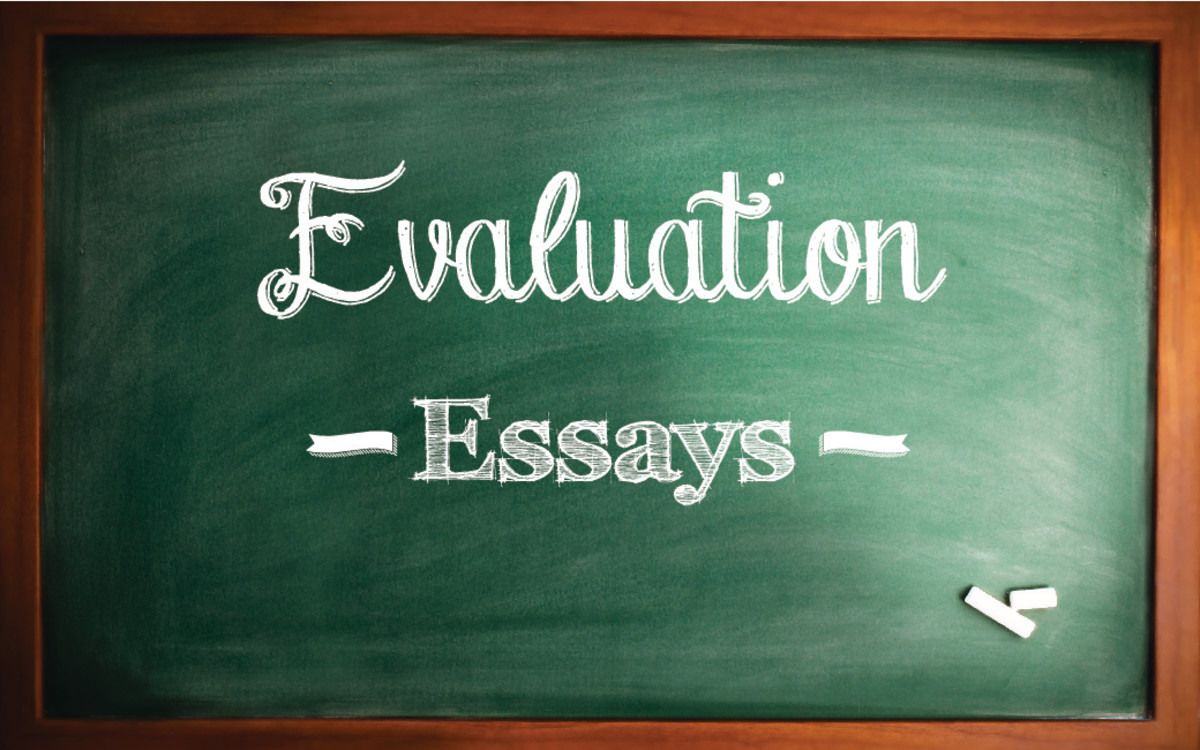How to structure a good essay

The topic
There is always a reason for writing and that should be clear from the beginning. For some, the reason may be to give a try to express their thoughts on paper. However, another reason is to actually say something to the audience. Based on that last reason, the topic and structure should be chosen appropriately.
Choosing the right topic may be a challenge. Trust your instinct and go for a topic that may need explanation or seems like there is a lot to write about it. It could be also something that many people disagree upon. By doing so, the reader may stick to the end just to see if the author can prove their view.
Addressing the reader
You should always address your reader taking their interests into account.
First, the reader does not like to read boring writings. The Author should take a step back and consider, if he would have liked to read it himself.
Second, the reader is looking for something from reading - experiences, information, or anything else that would have value.
Thirdly, it is a bad idea to keep repeating yourself and using empty words while writing. This is what makes the work boring to read.
Finally, bear in mind that the best essay leads the reader step-by-step from introduction to the summary. Thoughts should be a logical order, not chaotic.
Once you have come up with some good ideas and have set a goal of the essay, it is time to start putting the bits together. Starting and ending an essay may often prove to be problematic, so here are a few tips.

Where to begin?
Typical ways of starting an essay:
- based on certain facts (presenting data);
- based on the definition or allocation (defining the boundaries of the text);
- start off with the topic;
- based on the quotation (fiction, poetry etc.);
- comparing different subjects (phenomenon, opinions, etc.);
- presenting a paradox (excessive statement associated with the problem);
- start with structured summary (briefly present discussed phenomenon);
- present the problem or issue;
- use the contrast (present contrasting examples or cases).
Always be clear with your structure. No one likes to read boring, unnecessary texts. Spend more time researching, evaluating and discussing the subject.
How to finish?
Typical ways of ending an essay:
- summarize (highlight important parts);
- Repeat the idea (an idea may be formulated again from another point of view);
- Assessing written text (present reasoned opinion of specific person or group of people);
- finishing with the phrase (the author or someone else says something important);
- finishing with a punch line (unexpected, witty ending);
- logical ending (logical conclusion);
- Loose End (the reader gets a chance to think of a possible ending themselves).

A good essay is written in an enjoyable manner with the course of the author's thoughts are
clearly observable. Recommended essay length is 3-4 pages in A4 format.









